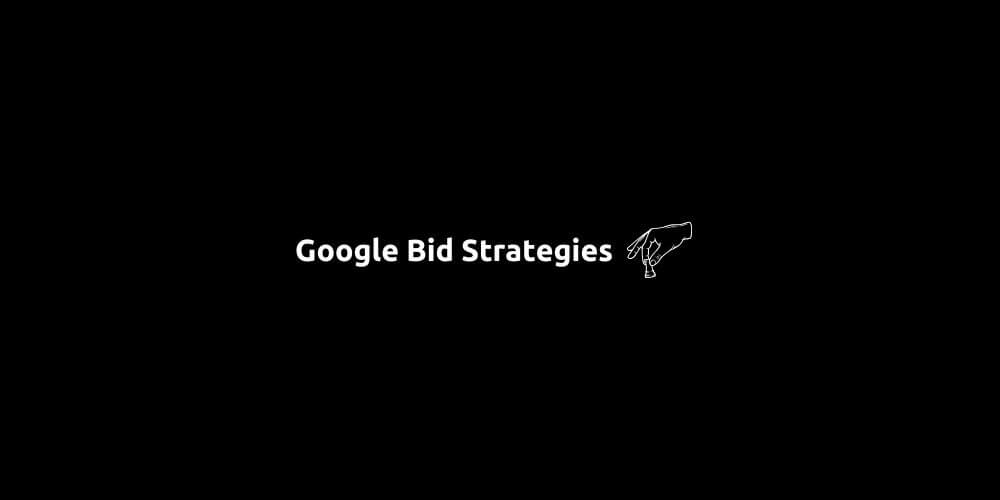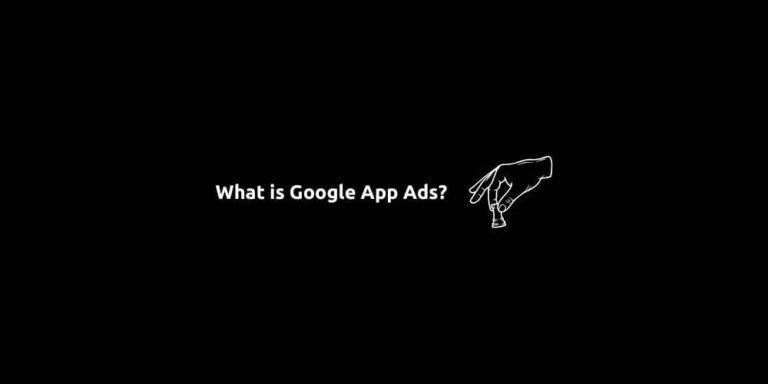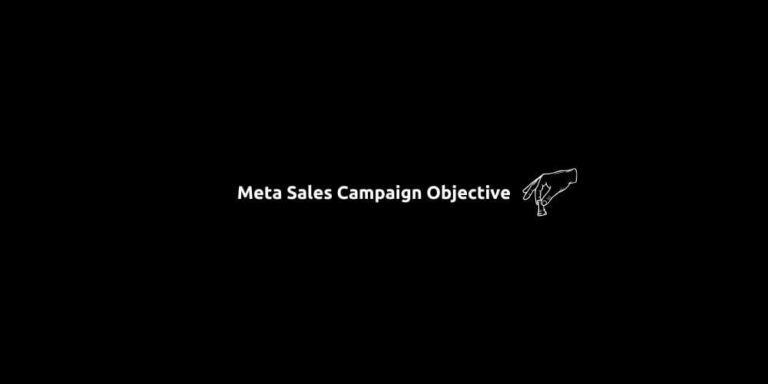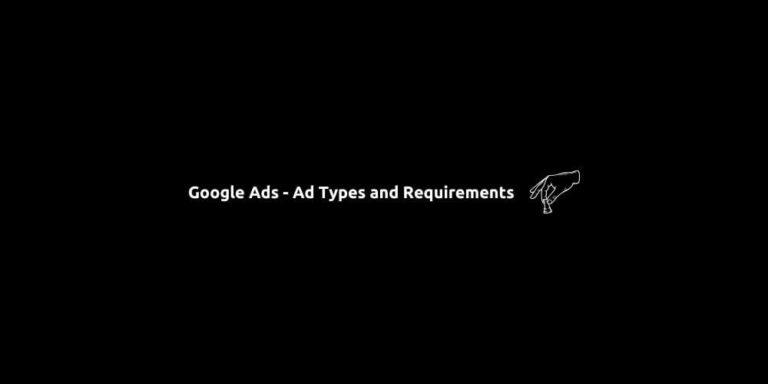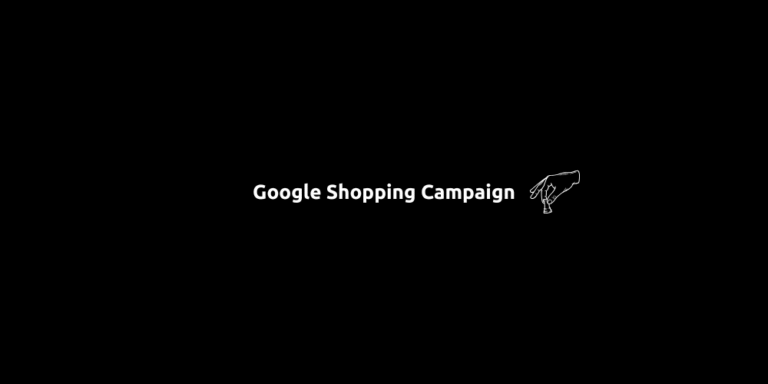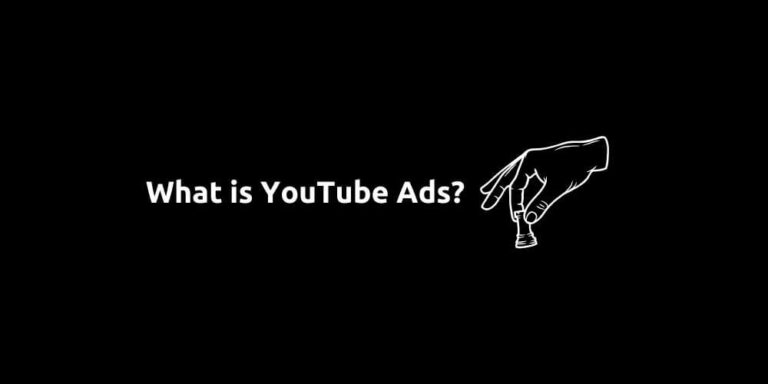Google Bid Strategies – Full List
Google Bid Strategies can make or break your campaign’s success. Whether your goal is to increase website traffic, generate leads, boost sales, or revenue, selecting the right Google Bid Strategy is critical. Google offers various bidding options tailored to different campaign goals, ranging from fully automated solutions powered by machine learning to manual setups for advertisers who prefer granular control.
This article provides a comprehensive overview of the most commonly used Google Ads bid strategies, helping advertisers understand when and how to use each one effectively. We’ll explore Google Bid Strategies by breaking down how they work and what types of campaigns they best support. Along the way, we’ll also provide tips on choosing the most suitable strategy for your business goals.
If you’re wondering which Google bidding strategy is right for your campaign, this guide will give you clarity.
Content:
- Maximize Clicks
- Manual CPC (Cost-Per-Click)
- Target CPA (Cost Per Acquisition)
- Target ROAS (Return on Ad Spend)
- Maximize Conversions
- Maximize Conversion Value
- Target Impression Share
- Google Bid Strategies – Choosing the Right One
- How to Get Started With Google Ads?
Maximize Clicks
Maximize Clicks is an automated bidding strategy designed to drive as many clicks as possible within your daily budget. It’s one of the easiest strategies to implement and is often used when the main objective is to increase traffic. Although this strategy can bring high traffic volumes, it doesn’t guarantee conversion quality. It prioritizes quantity over quality.
When you choose Maximize Clicks, Google automatically adjusts your bids to get the highest possible number of clicks without exceeding your budget. This is especially useful for top-of-funnel campaigns, product launches, or when building remarketing audiences. You can set a maximum CPC limit to ensure you don’t pay more than you want for each click, but otherwise, the bidding is fully automated.
Maximize Clicks works best when paired with phrase match keywords or dynamic search ads. It can also be a solid testing ground for new ad creatives or landing pages to gather initial engagement data before switching to conversion-focused strategies.
Manual CPC (Cost-Per-Click)
Manual CPC is a bidding strategy that gives you complete control over how much you’re willing to pay for each click. Unlike automated strategies, Manual CPC allows advertisers to set bids at the keyword or ad group level.
Manual CPC is particularly useful for seasoned advertisers who have a solid understanding of their keyword performance and audience behavior. You can raise bids for high-converting keywords or reduce bids for underperforming ones. Manual bidding also allows more control in competitive markets where every cent counts, like e-commerce or finance.
However, the trade-off is time and complexity. You need to monitor your campaign performance frequently, adjust bids based on real-time data, and be comfortable interpreting metrics such as CTR, Quality Score, and CPC trends. For advertisers without enough time or expertise, Manual CPC can quickly become inefficient.
That being said, usage of Manual CPC decreasing every single time. And there is a solid reason behind, Google’s automated bidding strategies works better than the day before.
Target CPA (Cost Per Acquisition)
Target CPA is a powerful smart bidding strategy that focuses on driving conversions at a specific cost per acquisition. You set a desired CPA and Google uses machine learning to automatically adjust your bids to achieve as many conversions as possible at or below that cost.
This strategy is highly effective for lead generation and e-commerce campaigns where cost control and efficiency are essential. It works by analyzing historical conversion data and auction-time signals to predict which clicks are more likely to convert.
To get the most out of Target CPA, your campaign should already have a history of at least 15-30 conversions in the last 30 days. This gives Google’s algorithm enough data to optimize effectively.
However, keep in mind that Target CPA may reduce your impression share in highly competitive markets where it’s harder to meet your cost targets. If your CPA is set too low, Google might limit traffic and conversions altogether. Regularly reviewing and adjusting your target based on performance is key to success.
Target ROAS (Return on Ad Spend)
Target ROAS is a smart bidding strategy built for advertisers who want to maximize revenue based on a target return on ad spend. You tell Google how much revenue you want to earn for every dollar spent (e.g., 400% ROAS or a 4.0), and the algorithm optimizes bids accordingly to prioritize higher-value conversions.
This strategy is especially beneficial for e-commerce businesses running Shopping or Performance Max campaigns where transaction value varies widely. To make Target ROAS work, you must track conversion values accurately through Google Ads or via imported data from Google Analytics. Like Target CPA, it requires historical conversion data—ideally 30+ conversions with reported value in the last month.
It’s important to remember that overly aggressive ROAS targets can limit your traffic and sales volume. Finding the sweet spot between profitability and volume often takes testing and iteration. When configured correctly, Target ROAS helps scale your campaigns efficiently while maintaining profitability.
Maximize Conversions
Maximize Conversions is another fully automated smart bidding strategy, focused on getting the highest number of conversions possible within your budget. In this strategy, it is not a must to define a CPA or ROAS; Google simply optimizes bids to bring you as many conversions as it can, using your entire daily budget.
This strategy is ideal for advertisers who want to scale fast or for campaigns where the cost per conversion isn’t as critical as volume. For example, it works well for app installs, email signups, or low-ticket product purchases where the primary goal is to grow the user base.
However, since the strategy will use your entire daily budget, you might see cost fluctuations. You also give up control over how much each conversion costs. If you’re in a highly competitive market or have a strict CPA goal, you may want to transition to Target CPA bidding strategy or set a Target CPA for Maximize Conversions bidding strategy.
Maximize Conversion Value
Maximize Conversion Value goes a step beyond Maximize Conversions by not just looking for volume but for value. It aims to bring in the highest total conversion value within your budget, optimizing for revenue rather than the count.
This strategy is most effective for businesses that sell products or services with varying prices, such as online retailers. It helps prioritize clicks that lead to higher-value purchases, ensuring your marketing budget goes toward the transactions that matter most.
Like Target ROAS, this bidding strategy requires you to track the value of your conversions accurately. The difference is that it is not a must to set a specific ROAS target. Instead, you let Google use your full budget to find the most profitable opportunities.
When used correctly, this strategy can dramatically improve the efficiency of your campaigns, especially during peak shopping periods or high-demand seasons.
Target Impression Share
Target Impression Share is a smart bidding strategy used when your main goal is visibility. Instead of focusing on clicks or conversions, this strategy ensures your ads appear in a certain percentage of auctions, whether at the top of the page, absolute top, or anywhere on the page. It’s particularly helpful for brand campaigns where awareness and visibility are more important than direct ROI.
With Target Impression Share, you can set a goal like “Show my ad 90% of the time at the top of the search results.” Google will then adjust bids to achieve this level of presence while trying not to exceed your maximum CPC limit.
One downside is that it can lead to high CPCs, especially in competitive industries. Since the strategy isn’t optimizing for performance metrics like conversions or revenue, it may not deliver the best ROI. Still, it’s an effective way to own your brand space or crush competitors in niche search categories.
Google Bid Strategies – Choosing the Right One
Each Google bid strategy is designed with specific goals in mind. The best one for your campaign depends on what you’re trying to achieve. Whether it’s visibility, traffic, leads, or revenue. As Google Ads becomes more automated and AI-driven, smart bidding strategies are becoming the go-to for performance marketers.
However, no strategy works in isolation. Combining smart bidding with the right campaign types, audience targeting, and compelling creative is the key to unlocking the full potential of Google Ads.
If you’re unsure which bid strategy suits your business goals, test different approaches, monitor performance closely, and adapt based on results. That’s the path to a smarter, more profitable digital marketing future.
How to Get Started With Google Ads?
Google Ads is a powerful advertising platform that can transform your business by connecting you with potential customers at the right time. Whether you’re aiming to boost sales, increase website traffic, or build brand awareness, Google Ads offers the tools to achieve your goals.
However, success requires a strategic approach, continuous learning, and regular optimization. With the right planning and execution, Google Ads can be a game-changer in your digital marketing strategy. And this is what we do at SS&T Digital. 👇
